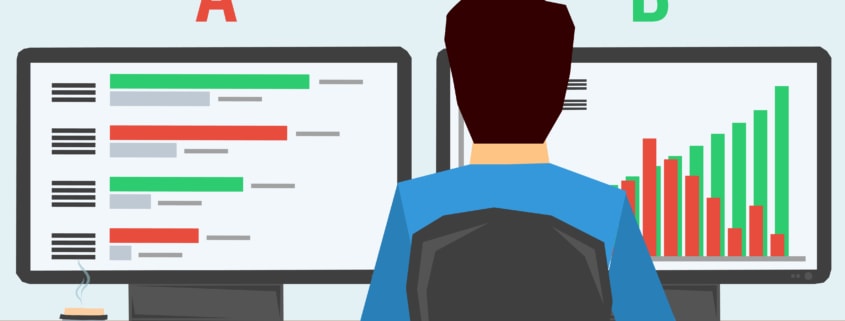Testing Your Direct Mail Campaign
Testing Your Direct Mail Campaign
There are many marketers that believe they are above testing because they have enough experience to know what works and what doesn’t. However, this sort of thinking prevents one from improving or confirming their marketing decisions. Testing your direct mail campaign should not be thought of as a one-time chore. It is a routine task that needs to be maintained because it is really the only way you can improve your campaigns, even ones that are already successful.
If It Is Already Successful, Why Test?
It is easy to disregard testing when your campaign is already successful. But even so, there may still be room for improvement. Moreover, for all you know, your competition may be testing a lot more and achieving greater results. In the article “Successful Direct Mail Is All in the Testing,” by Lois Geller, she tells an interesting story about how they “… developed a completely new and more expensive creative approach for a correspondence school. The client mailed it with the same offer to the same kinds of lists as the control. Our new creative brought in the same percentage of responses, so the client thanked us and said they’d stick with their cheaper control to save money.” Naturally, if you are getting the same results for more money, most would see this as a waste of money. However, the story takes an interesting twist as she continues, “Two years later our creative director ran into the client at a convention. The client said that our package had become the company’s control because, for some reason, it brought in a better class of customer, the kind of people who stick with the program a lot longer—and who are willing to pay a lot more money.” This is a perfect example of a client overlooking one of the most important metrics when testing—customer value. In this case, the client only focused on response rates rather than the quality of the customers who were responding. This is why testing when you already have a successful campaign can take your business to the next level.
What Should You Be Testing
Now that you have decided testing is a critical component to your direct mail marketing success, you need to determine what you actually need to test. According to the article “Direct Mail Testing – A/B split and multi-variable testing,” the top priorities for testing include two things: your list and the offer. The actual creative is an important component, but it should not monopolize your time. This is because the list and the offer are really going to have the most influence on your results at the end of the day.
Testing Strategies
Typically, you only want to test one element at a time. To do this, you need to establish some sort of control. So if you have a current campaign that is receiving some success, that can be your control. You can then develop a test campaign that you will send out at the same time and monitor the results. Perhaps you try different lists or a different offer. You can even try a different creative and see how it performs in comparison to your current design. This is called A/B split tests, and is the most common form of testing. If you are starting from scratch, you will just have to make an educated guess on what the best components will be and then test it. Make sure you track where all of your data so that you can make sure you are making the correct decisions based on reliable information. From there, you can combine the best elements to make an optimized campaign.
It’s Not A Chore, It’s How You Improve
Check your ego at the door. No one cares how much you know, or what success stories you’ve had in the past. What matters is in the present, and each campaign is different. From the outset, everyone must change their perception on direct mail testing. It is not a chore, but a necessity of life if you want to improve. Never stop at success, because there is always more success to be had if you are willing to put in the work.







 Marketing Mistake 2: Using Mailing Lists Without Cleaning The Data
Marketing Mistake 2: Using Mailing Lists Without Cleaning The Data
 In the competitive marketing landscape, the significance of an eye-catching design cannot be overstated. The success of your campaign hinges on capturing customers’ attention, enticing engagement, and evoking responses. A captivating design also fosters brand recognition, reinforcing your identity and values in the minds of recipients and driving them to take action (immediate response or future engagement).
In the competitive marketing landscape, the significance of an eye-catching design cannot be overstated. The success of your campaign hinges on capturing customers’ attention, enticing engagement, and evoking responses. A captivating design also fosters brand recognition, reinforcing your identity and values in the minds of recipients and driving them to take action (immediate response or future engagement).


